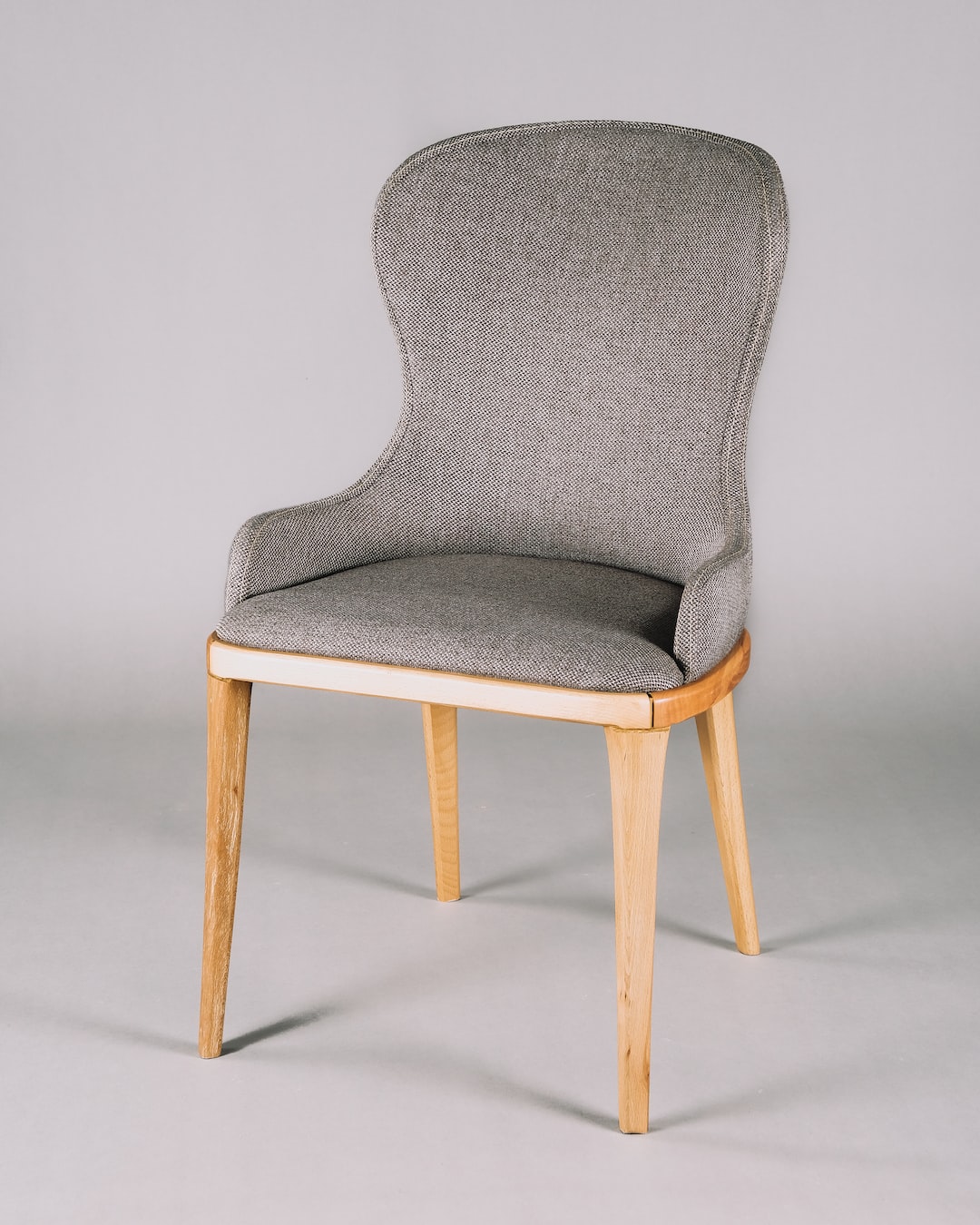The Psychology of Color: How Furniture Can Affect Your Mood
Have you ever walked into a room and instantly felt a sense of calmness wash over you? Or perhaps you’ve entered a space that made you feel energized and ready to take on the world? Believe it or not, the colors used in furniture and décor can have a profound impact on our mood and emotions. Understanding the psychology of color can help us create spaces that promote positivity and enhance our overall well-being.
Colors have the power to evoke various emotions and have been studied extensively by psychologists and designers alike. Each color has its own unique psychology, and when applied to furniture, it can significantly influence our moods. Let’s explore some common colors and their effects:
1. Blue: Blue is often associated with feelings of tranquility and serenity. It has been known to reduce stress and promote relaxation. Incorporating blue furniture, such as a cozy armchair or a calming bedside table, can help create a soothing atmosphere for a bedroom or living room.
2. Yellow: Yellow is a cheerful and stimulating color. It can increase energy levels and boost mood. Adding a yellow couch or accent chair to a space can create a lively and optimistic environment, perfect for socializing or creative endeavors.
3. Green: Green is associated with nature and represents growth and balance. It can have a calming effect on the mind and body. Incorporating green furniture, such as a leafy green ottoman or a plant-filled shelving unit, can bring the outdoors indoors and create a peaceful oasis.
4. Red: Red is a bold and intense color that can evoke strong emotions. It is associated with energy, passion, and excitement. Adding red furniture, such as a vibrant sofa or a statement accent wall, can create a dramatic and dynamic space, perfect for social settings or areas where you want to make a statement.
5. Neutral tones: Neutral colors such as beige, gray, and white are often associated with simplicity and elegance. They can create a sense of calm and provide a blank canvas for other colors and textures. Incorporating neutral-toned furniture, such as a sleek white desk or a cozy gray sofa, can create a timeless and versatile space that can easily adapt to changing styles and tastes.
When selecting furniture, it’s important to consider not only the style and functionality but also the color. By understanding the psychology of color, we can effortlessly create spaces that align with our desired moods and emotions. Whether it’s a space for relaxation, creativity, or socializing, choosing the right colored furniture can transform a room and positively impact our overall well-being.
In conclusion, the psychology of color plays a crucial role in how furniture can affect our mood. By consciously selecting colors that align with the emotions we want to evoke, we can create spaces that promote positivity and enhance our overall well-being. So, the next time you’re on the hunt for new furniture, consider the power of color and choose wisely. Your mood will thank you!
